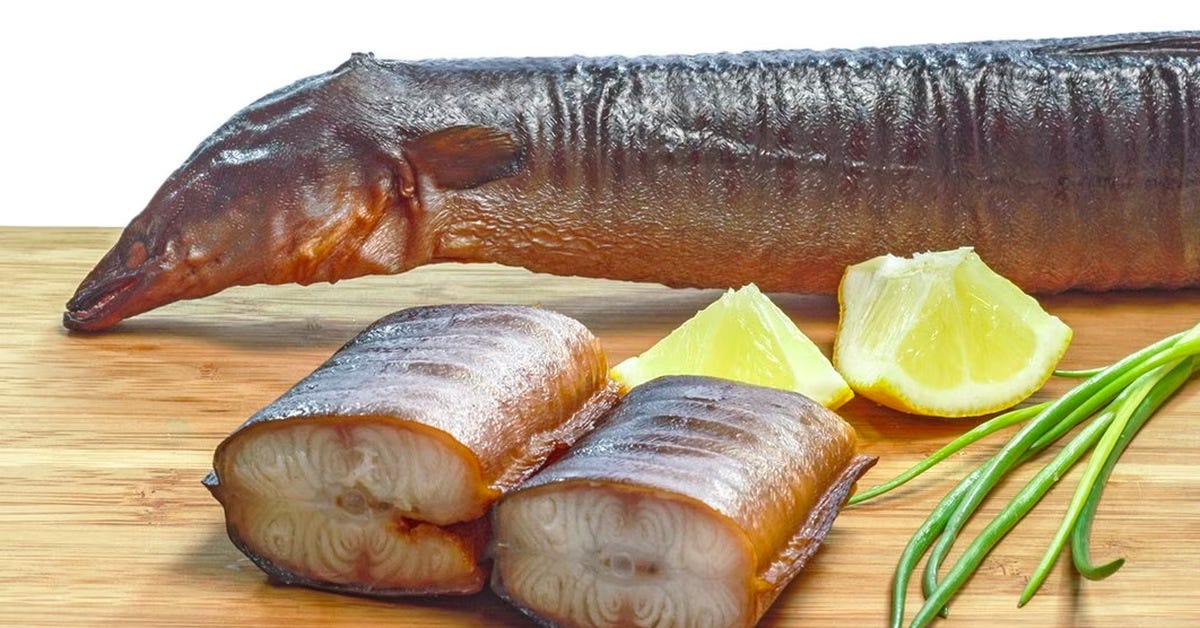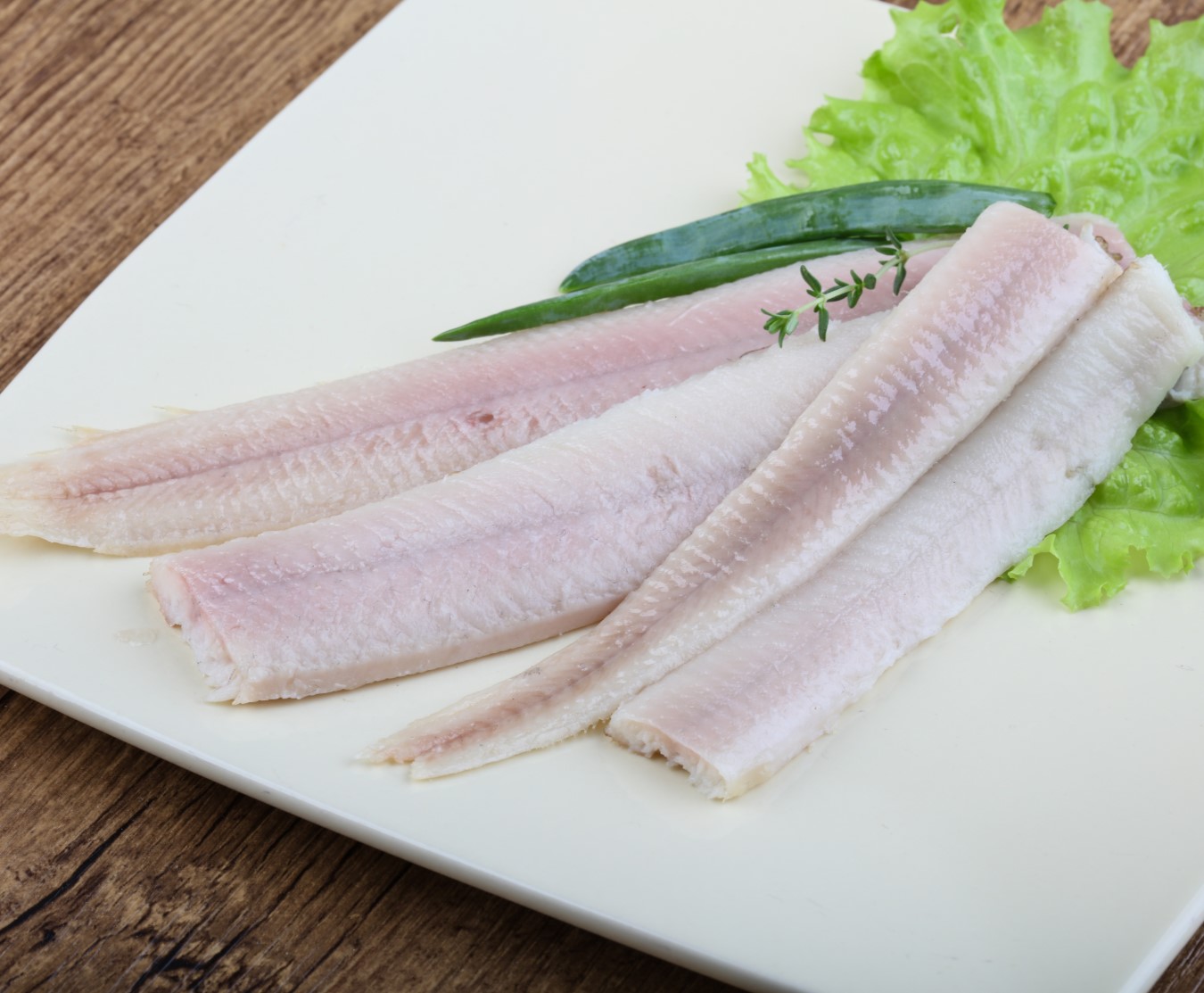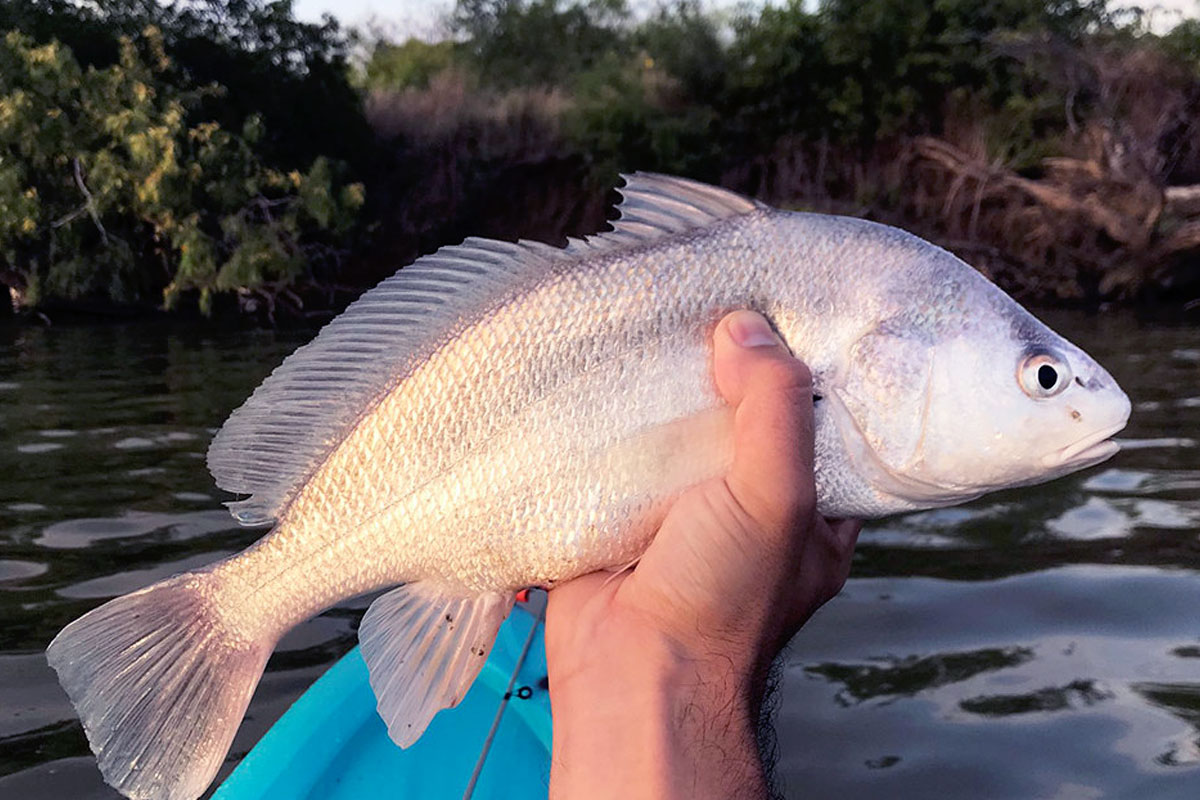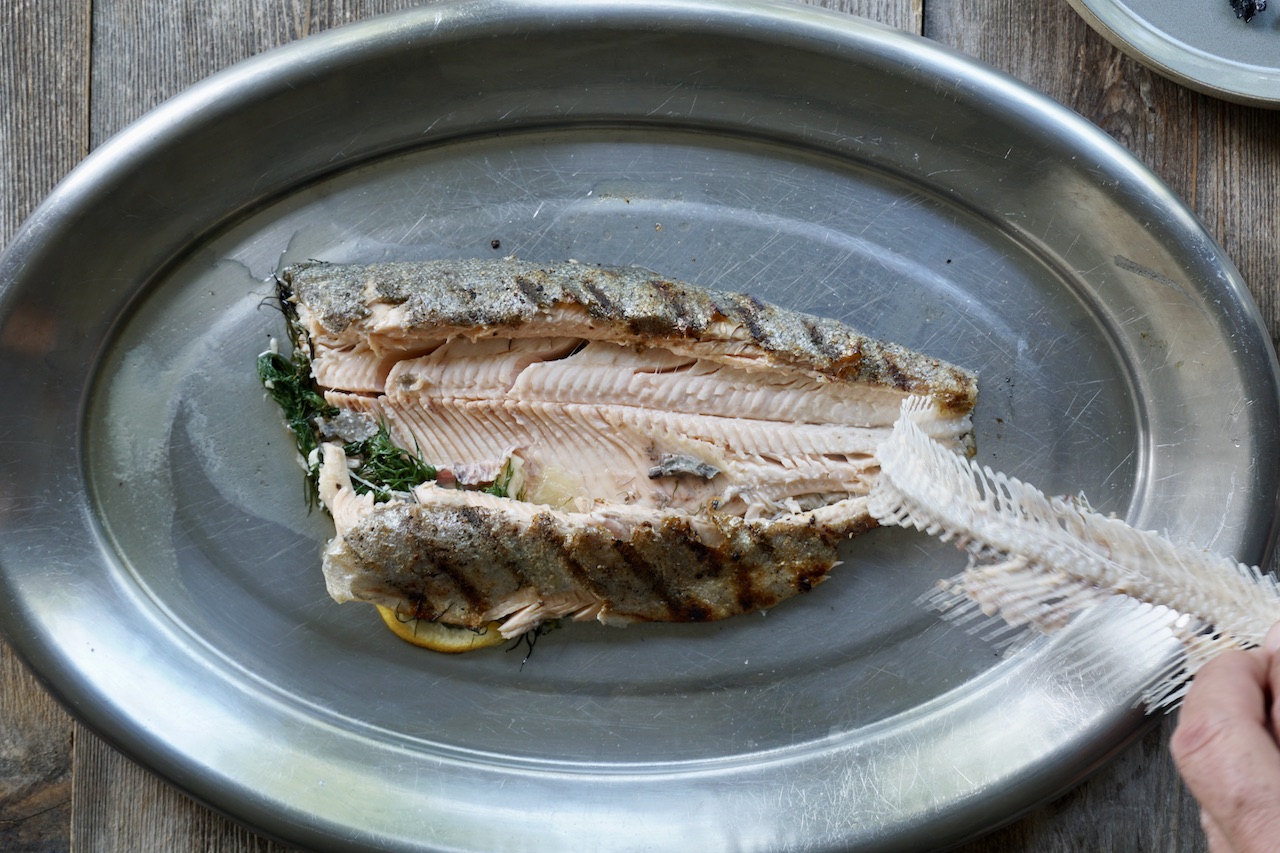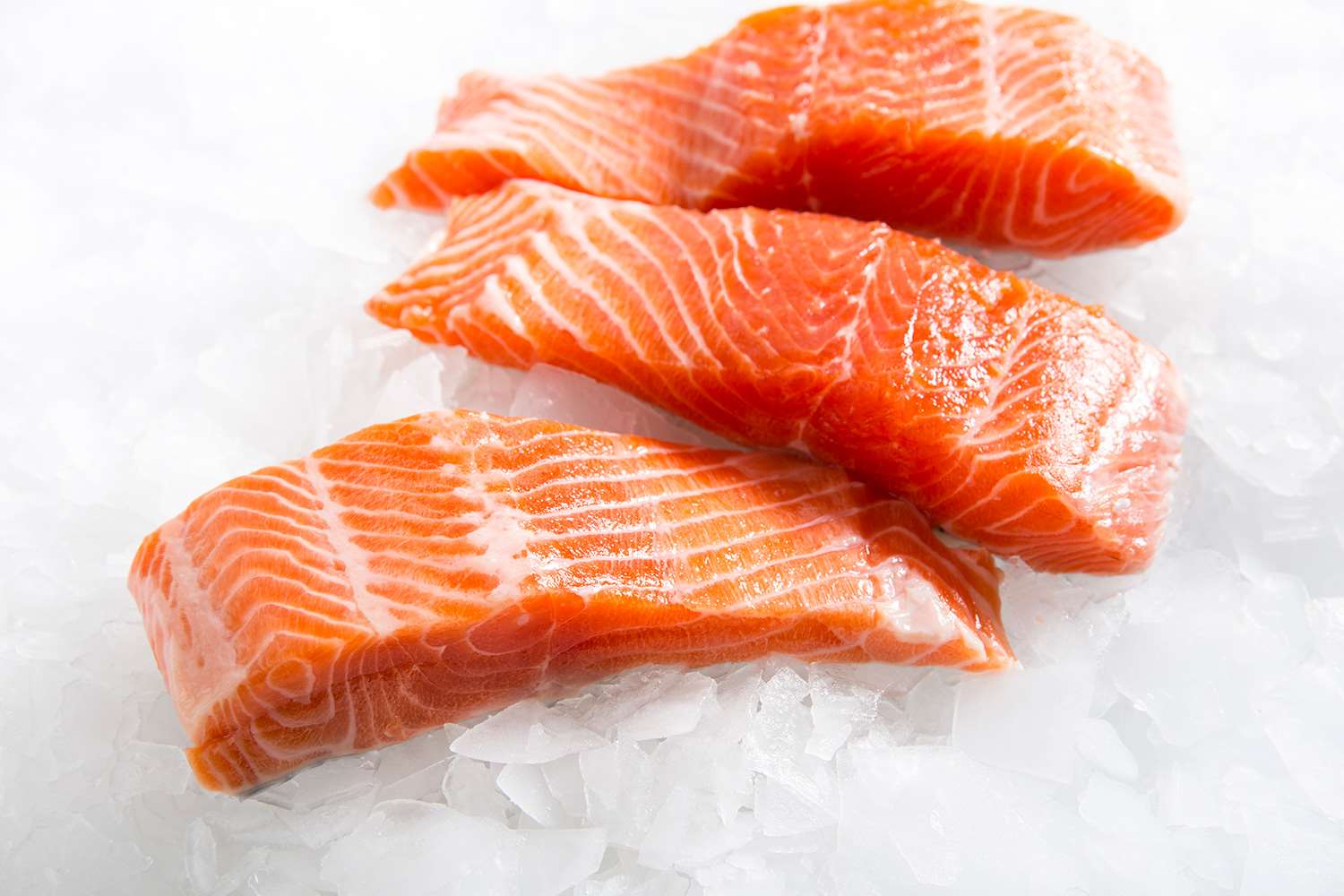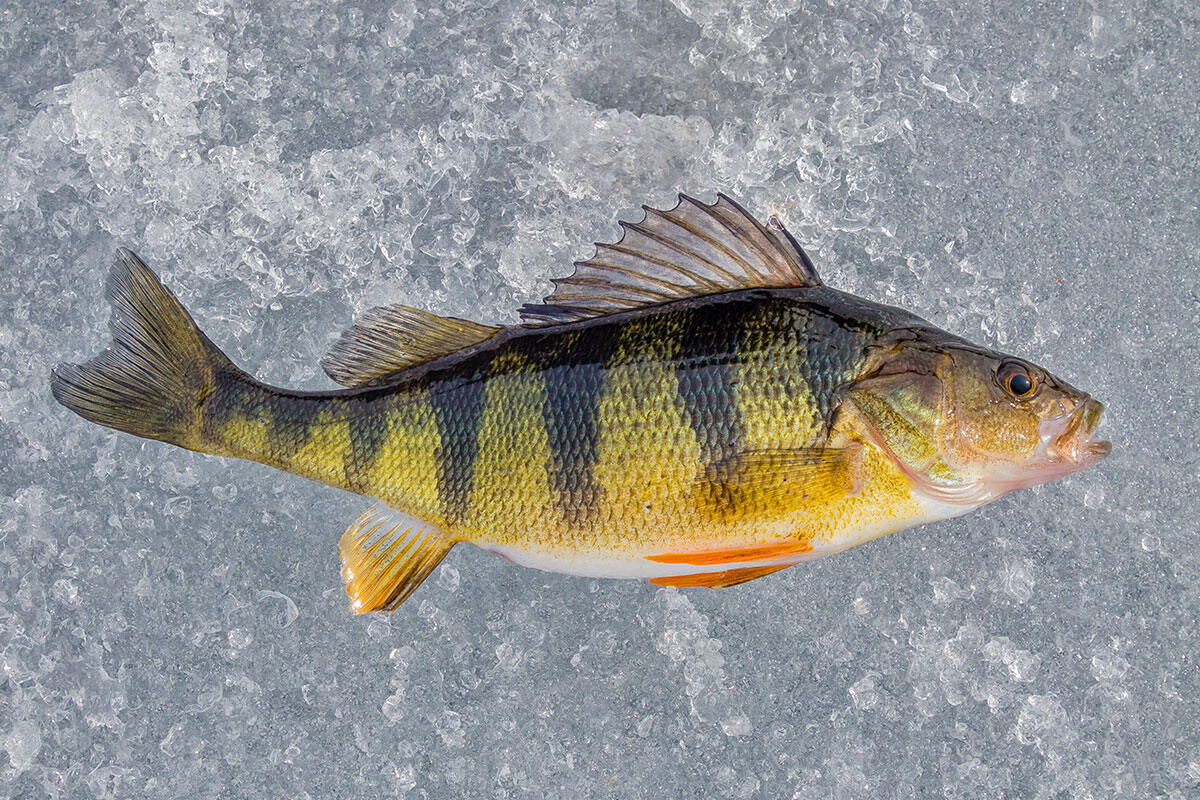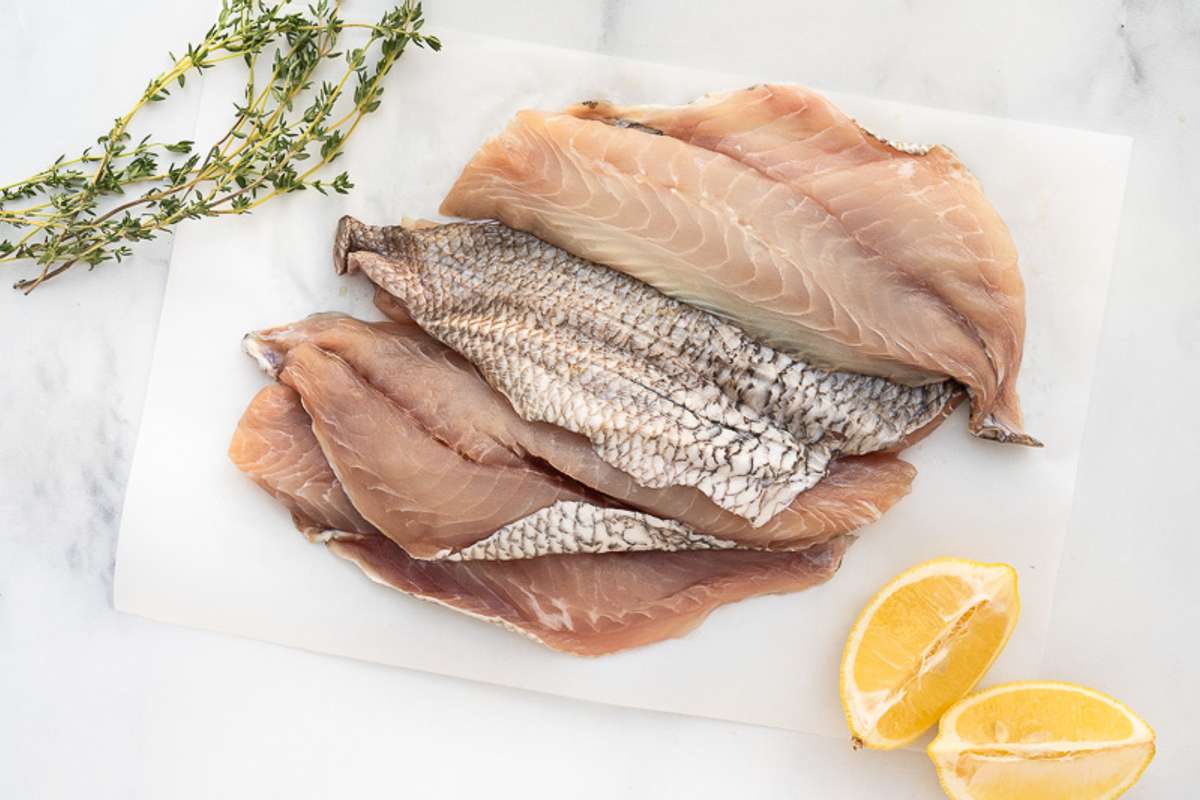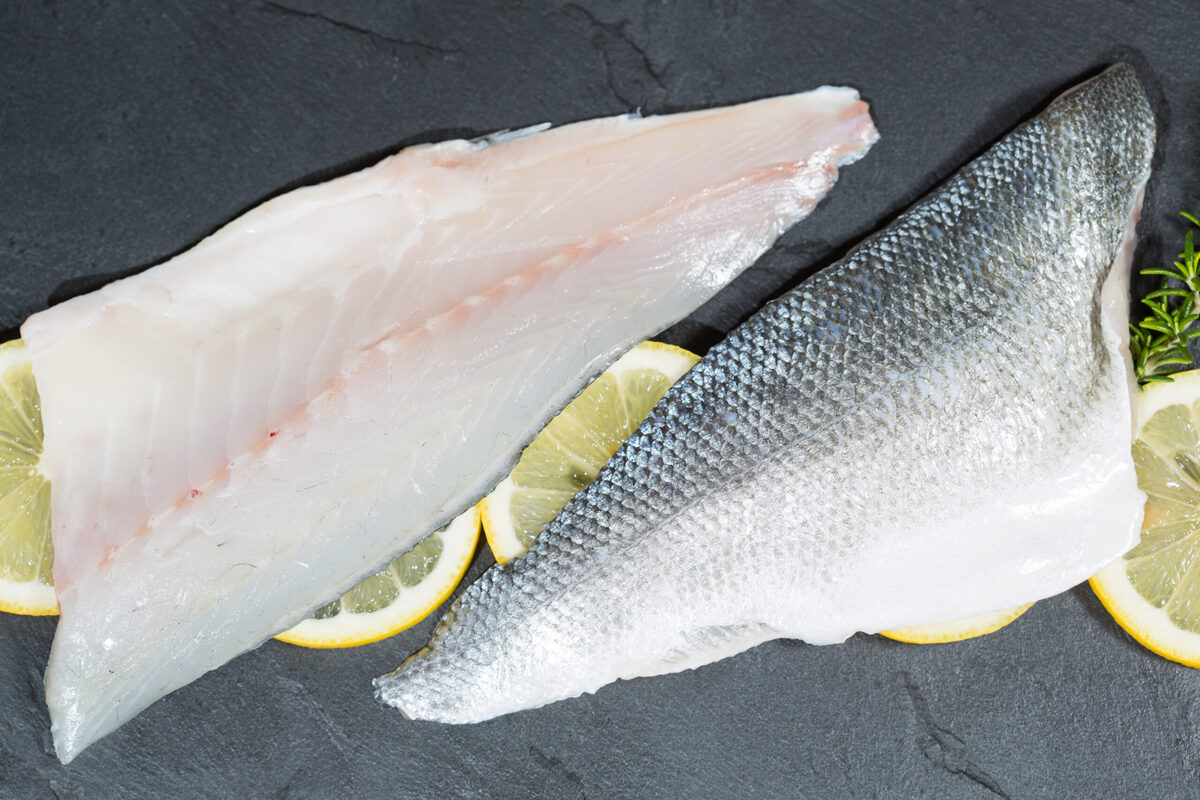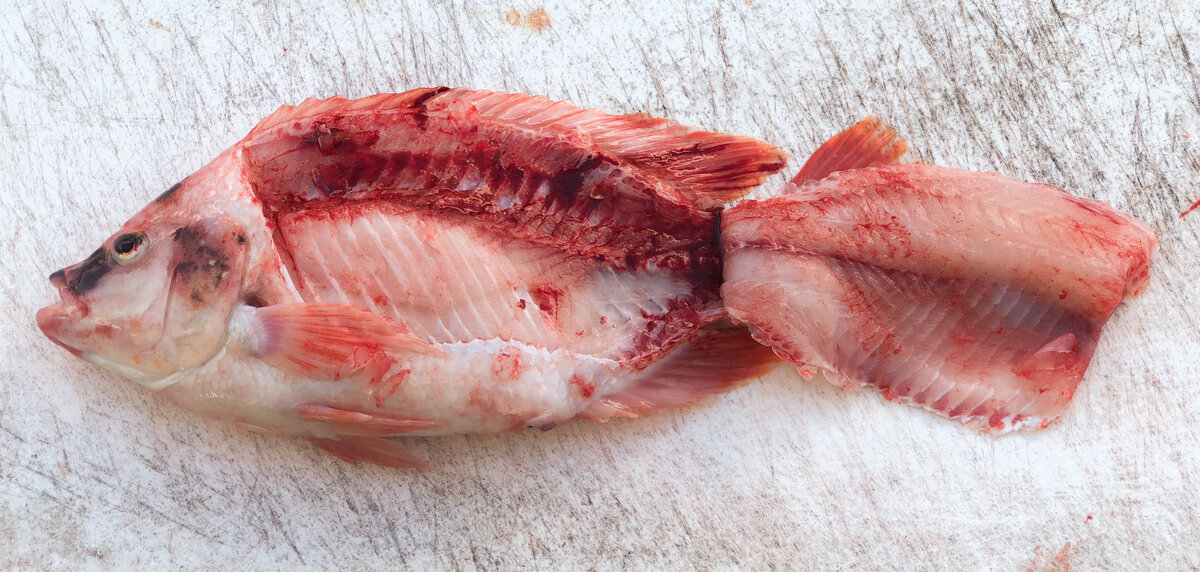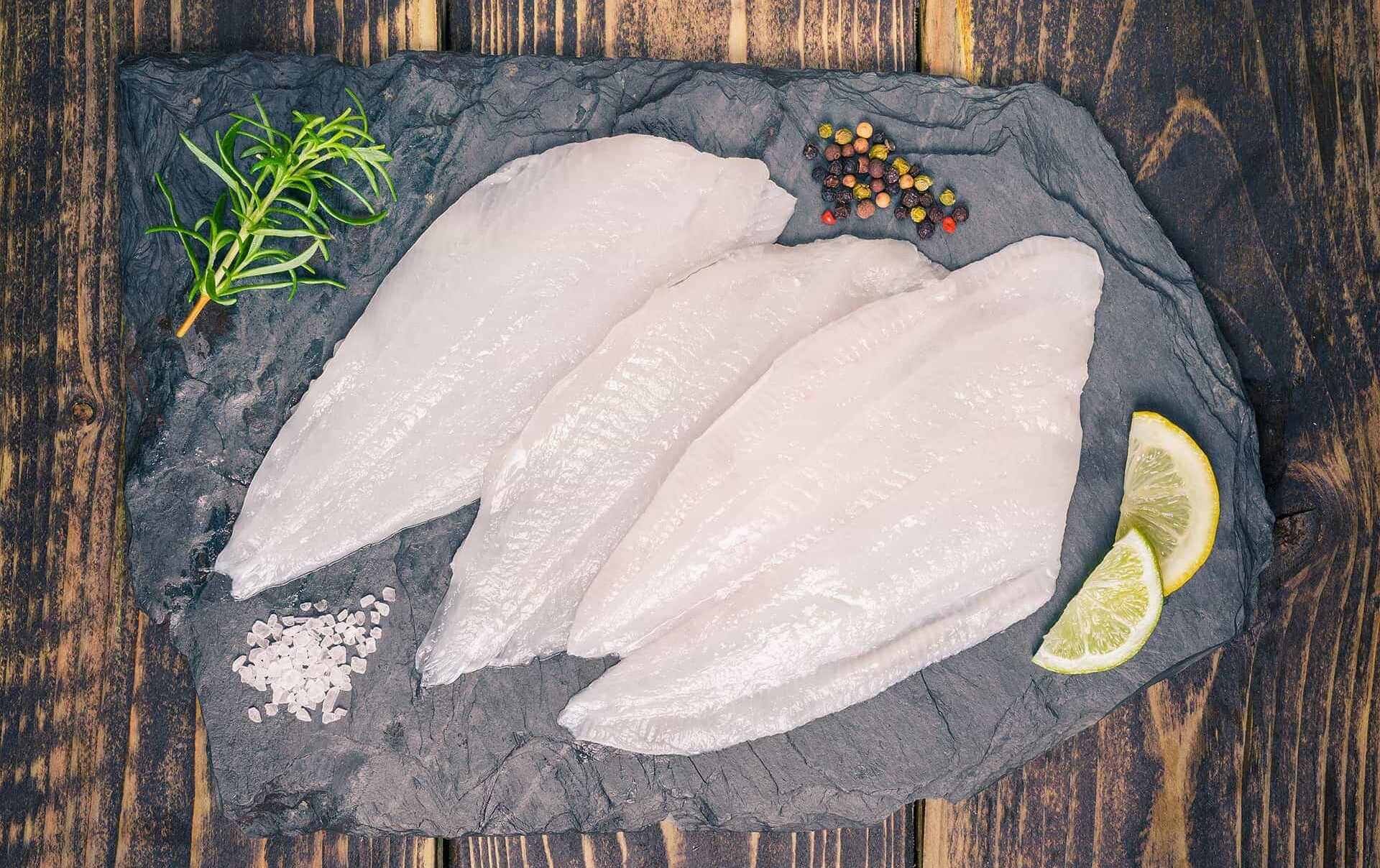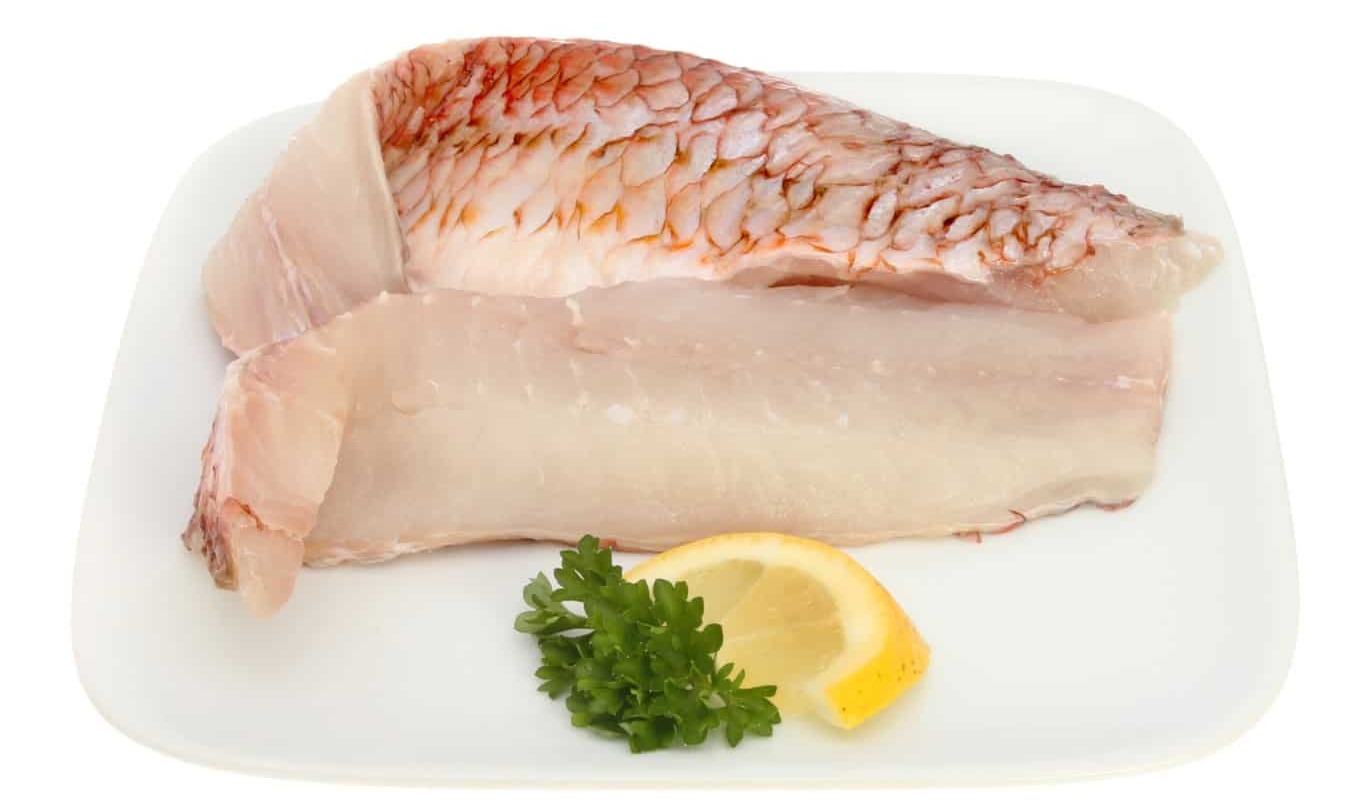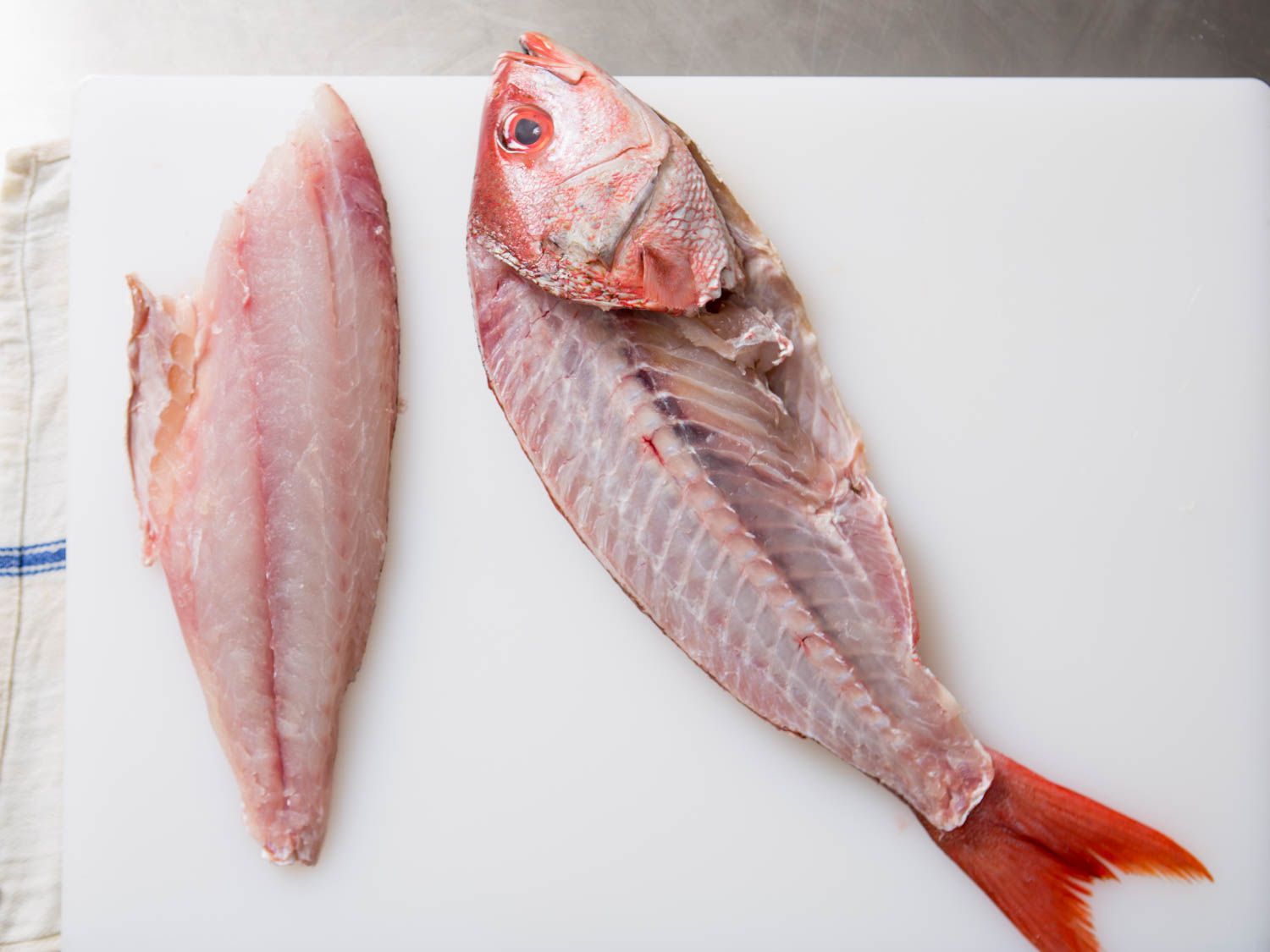Freshwater eel is a delicious and nutritious seafood that can be enjoyed in a variety of dishes. However, many people are intimidated by the idea of filleting eel at home. With the right tools and techniques, filleting freshwater eel can be a rewarding and delicious experience. In this guide, we will walk you through the step-by-step process of filleting freshwater eel so that you can enjoy this delectable fish at home.
Preparing Your Workspace
Before you begin filleting freshwater eel, it’s important to set up your workspace properly. Here’s what you’ll need:
- A sharp fillet knife
- Cutting board
- Paper towels
- Bowl of water
- Pliers
Ensure that your cutting board is clean and dry, and have all your tools within reach. This will make the filleting process much smoother and safer.
Handling Freshwater Eel
Freshwater eel can be quite slippery and challenging to handle. To make the process easier, follow these steps:
- Use a pair of pliers to securely hold the eel's head.
- Use a paper towel to grip the eel's body and prevent it from slipping out of your hands.
Removing the Skin
The skin of freshwater eel can be tough and difficult to remove. Here’s how to do it:
- Make a shallow cut behind the eel's head, being careful not to pierce the flesh.
- Use your fingers to peel back the skin and grip it with a paper towel for better traction.
- Slowly and carefully peel the skin away from the flesh, working your way down the length of the eel.
Filleting the Eel
Now that the skin is removed, it’s time to fillet the eel:
- Lay the eel flat on the cutting board.
- Starting from the head, make a diagonal cut behind the pectoral fin and continue along the backbone.
- Use the backbone as a guide and carefully slice the flesh away from it.
- Repeat the process on the other side of the eel to obtain two fillets.
Removing the Bones
Freshwater eel contains a line of small bones that run along the center of each fillet. Here’s how to remove them:
- Run your fingers along the center of each fillet to locate the line of bones.
- Use the tip of your knife to carefully cut along the bones and remove them from the fillet.
Final Touches
Once you have filleted the freshwater eel and removed the bones, you can rinse the fillets in a bowl of water to remove any remaining scales or debris. Pat the fillets dry with a paper towel and they are ready to be cooked or stored for later use.
Filleting freshwater eel may seem daunting at first, but with practice and patience, it can become a rewarding culinary skill. By following these steps and techniques, you can enjoy the delicious flavor of freshwater eel in your favorite dishes right in the comfort of your own kitchen. So, grab your fillet knife and give it a try!
Explore Delicious Recipes with Your Freshly Filleted Eel
Having mastered the art of filleting freshwater eel, the culinary journey has just begun. Readers can embark on a diverse array of gastronomic adventures such as Grilled Freshwater Eel with Teriyaki Sauce, Freshwater Eel Sushi Rolls, or even the comforting warmth of Smoked Freshwater Eel on Toast. Among these, it's highly recommended to try the Eel and Mushroom Pasta for its rich flavors and the Eel Chowder with Potatoes and Corn for a hearty meal. These recipes not only utilize the freshly prepared eel but also enhance the dining experience by showcasing the versatility of this unique ingredient. Each dish offers a unique way to savor the delicate taste of eel, making them must-try options for any culinary enthusiast.
